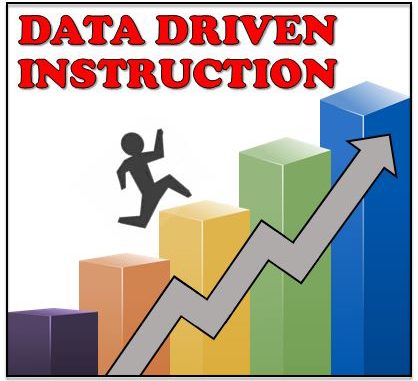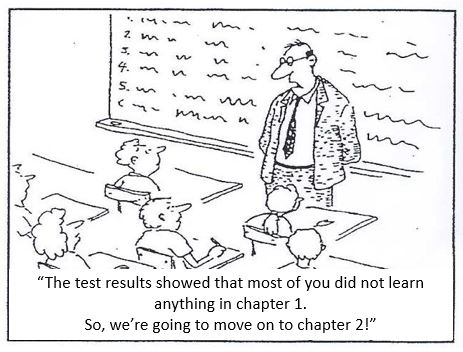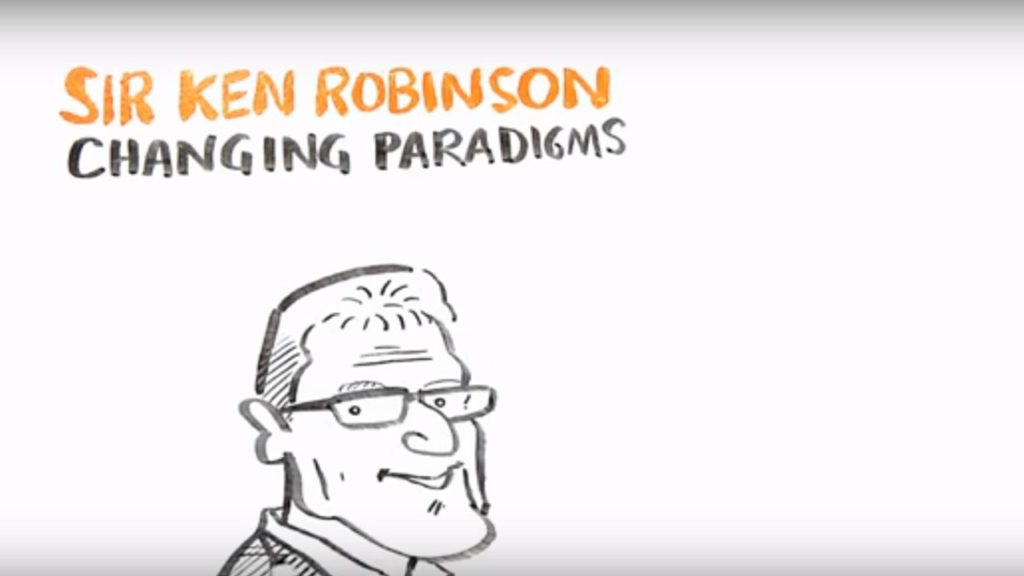

Data driven instruction is the new craze in education. Before that it was cooperative learning groups. Before that it was learning styles…. Remember that brief moment in time when web-quests were all the rage?
However, “data driven instruction” is one that I believe has a lot of merit. The others were fun, and they have their place, but data driven instruction truly has the power to change education.


The problem is that everybody’s talking about it, and nobody is explaining it. A quick Google Search of “how to use data to drive instruction,” will populate a myriad of articles by varying institutions that talk about its value and different forms of assessment; but almost nothing in the way of how to use data to drive instruction.
Teachers have been collecting data for all of time. We call them tests. The problem has always been that after we have entered all of that data into our gradebooks, we don’t use it to drive our instruction..
We simply progress the children from one skill to the next, all at the same time, regardless of the data screaming at us that some of the students didn’t master the material.
The current teaching model treats students like products in an assembly line, being moved through the same process, at the same time, receiving the same treatment. Regardless of the fact that the data is revealing to us that each student is in a different place, requiring varying amounts of practice on different skills.
Watch this video by Sir Ken Robinson to learn more about this notion:
Prior to teaching most units, a pre-test should be given. When a student demonstrates that he/she is already proficient at the skill, or elements within the skill, that student should be promoted to the next skill as opposed to being forced to sit through those classes, missing out on the opportunity to learn something new.
Many skills are a combination of skills. For example, adding mixed numbers requires the student to convert between mixed and irrational numbers, add fractions, and simplify fractions. If the student is not performing well on the skill, closely examining each skill will show the teacher where the problem lies, so that the teacher can institute targeted remediation.
Most importantly, data will show the teacher what the student needs to work on so that each student can remediate a specific skill, instead of all students remediating all skills simultaneously.
Click here to learn how we use targeted remediation for the whole class at the same time, and get the results that you see in the image below.
Everyone likes to see their success. Often, in academics, we don’t set up our instruction in a way that allows students to see their growth; especially our lower students who would benefit the most from such an exercise.
It would be extremely beneficial, to make a chart of the skills you are working on in your classroom, and post it somewhere in the room. Then allow students to place their name on that chart, at the current skill they are working on. Then, when the data demonstrates that they have mastered that skill, allow them to move their name tag on the chart to the next skill; and celebrate that moment!
I Use these 4 feet tall oil drip pans and these command hooks to secure to the walls.
(click on images to see pricing options at Amazon.com)









